Bearing a similarity to Dutch artist Sir Peter Lely in pose (and the 50x40” stretcher size is clearly British) this portrait retains a French elegance. The artist was strongly influenced by Henri Gascars who had a great influence on British art in the later 17th century having painted almost all the leading women of the court. Even Peter Lely, who had dominated British art for quite some time, felt threatened by his success. Gascars’ paintings contain rich colouring and drapery, and his sitters are often set against a marble column with a landscape beyond. His playful style was immediately popular with the British and was a well-received break from the more sombre formality of the mainly Dutch court painters.
Until recently this painting was almost entirely obscured by dirt, discoloured varnish, and some unnecessary 19th century overpaint. This has now been removed and to reveal the striking colour and once again the fine details and nuanced tones through the flesh can be appreciated. This is an exquisite oil on canvas in an impressive George III carved and gilded frame.
Henri Gascars is thought to have been the son of Pierre Gascars, a Parisian painter and sculptor. He travelled to Rome in 1659 and returned to Paris in 1667, but was probably in Amsterdam later the same year, working on the portrait of the diarist Nicolas Delafond (Hermitage, St Petersburg). From 1674 to 1677 he worked at the English Court, and found particular favour with Louise de Kéroualle, Duchess of Portsmouth and mistress to Charles II. Among the portraits painted by him during this time were Charles II, Barbara, duchess of Cleveland, and her daughter, Barbara Fitzroy, Charles Lennox, Duke of Richmond, Frances Stuart, Duchess of Richmond, George Fitzroy, Duke of Northumberland, Nell Gwyn, Edmund Verney, and Philip Herbert, Earl of Pembroke. A portrait by Gascars of James II as Duke of York was in that king's collection (National Maritime Museum, London). He returned to Paris around 1680 where he was received as a member of the Académie Royale before relocating to Italy in 1681 where he achieved great success. He died in Rome 1701.
Measurements: Height 147cm, Width 122cm Framed, Depth 8cm (Height 57.75 ", Width 48" Framed, Depth 3.75 ")



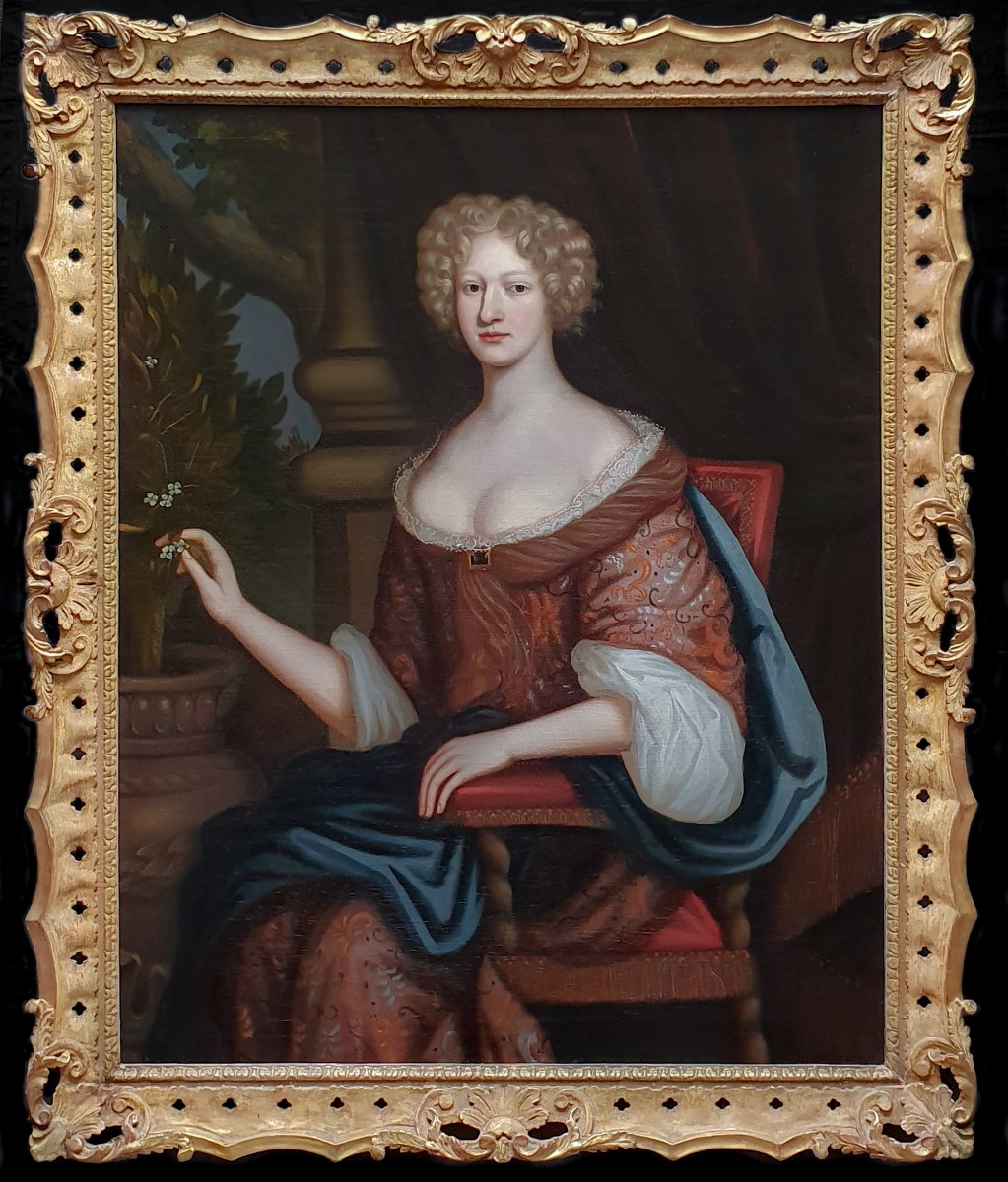

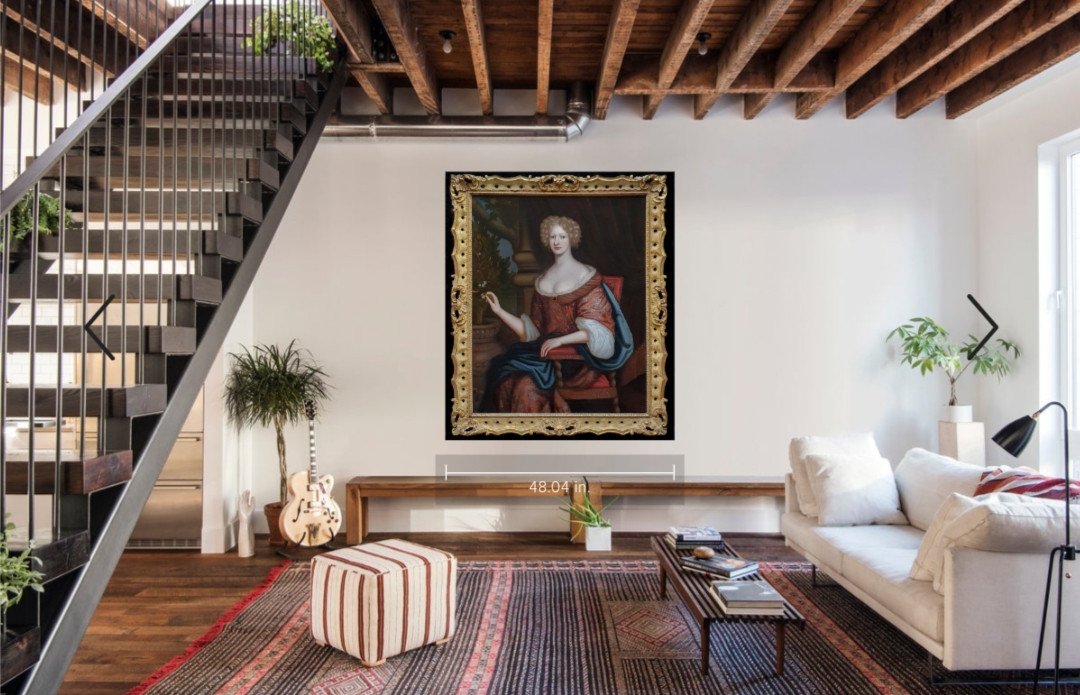
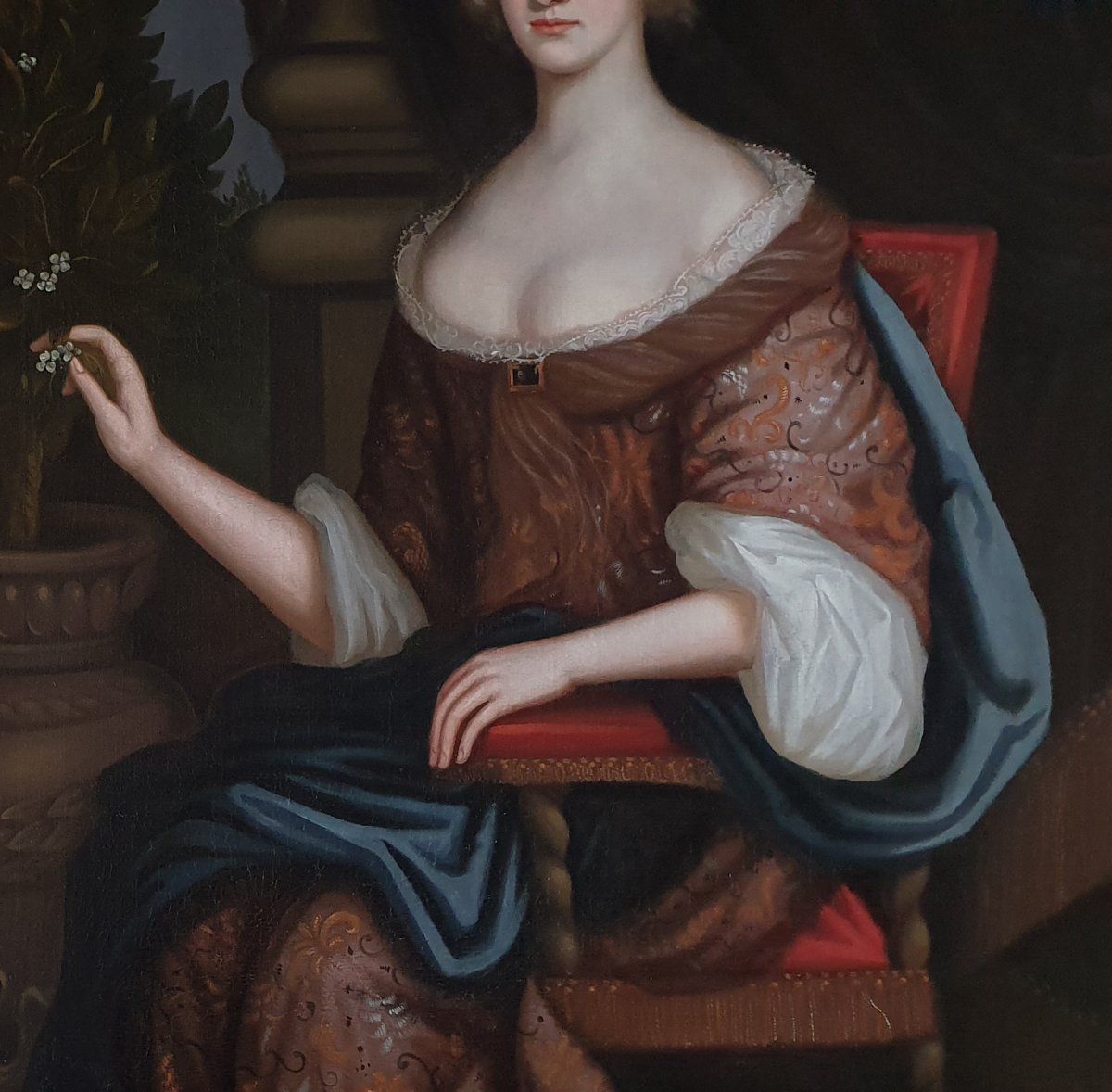

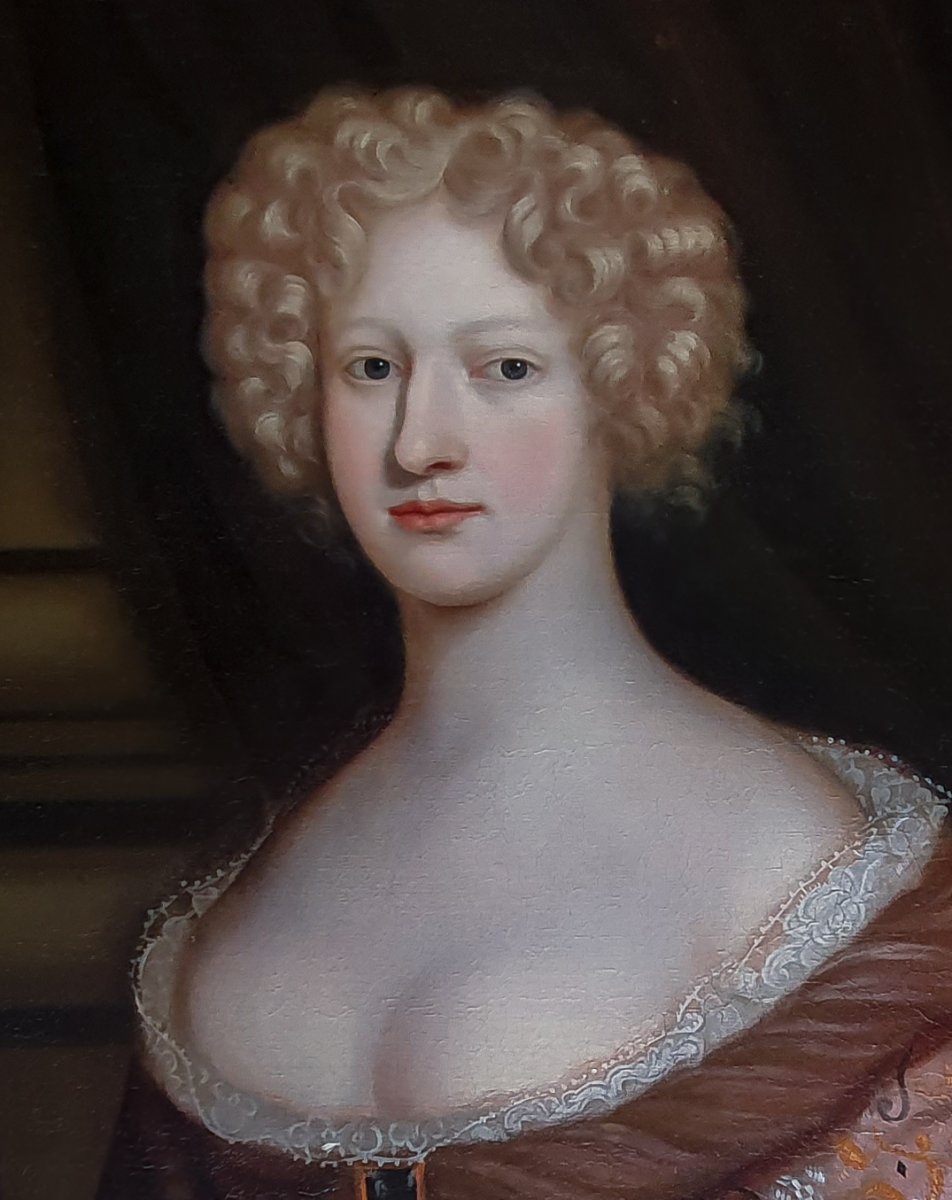
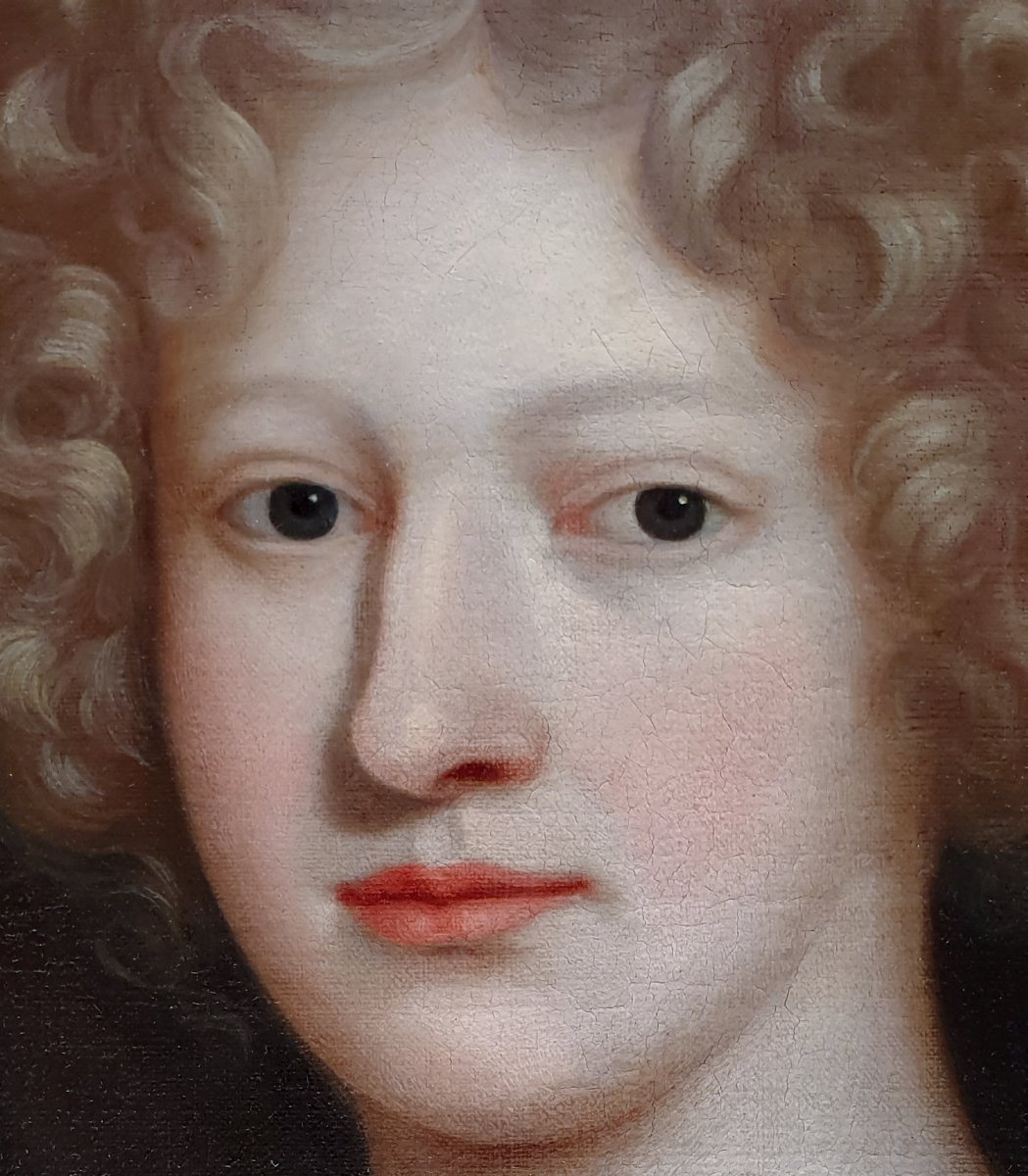

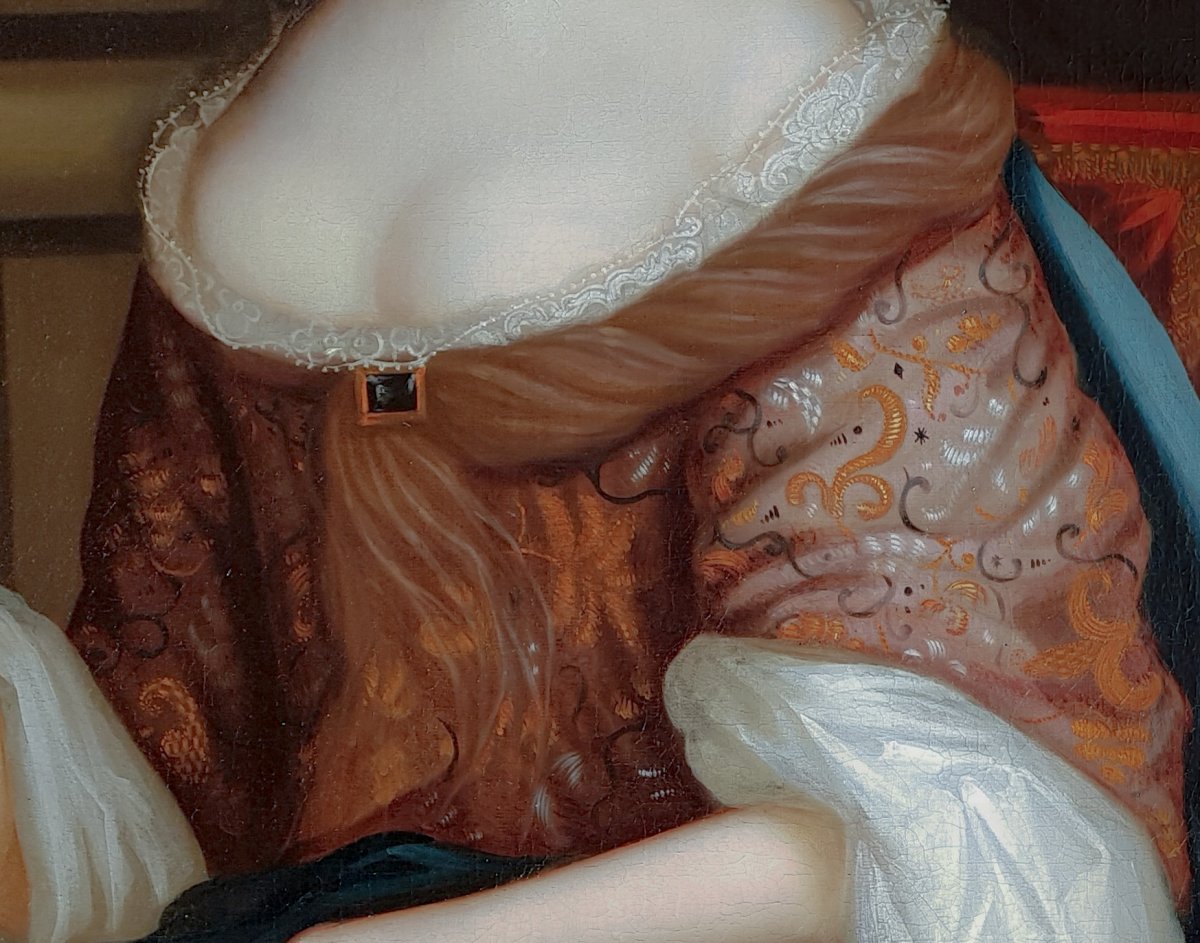







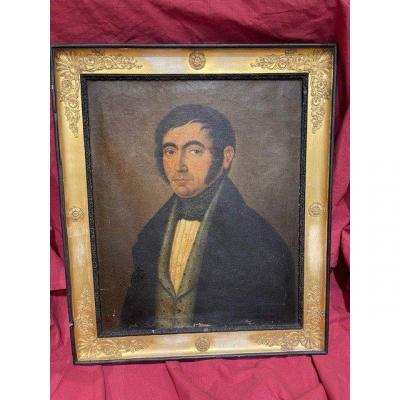

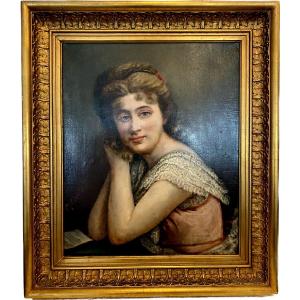

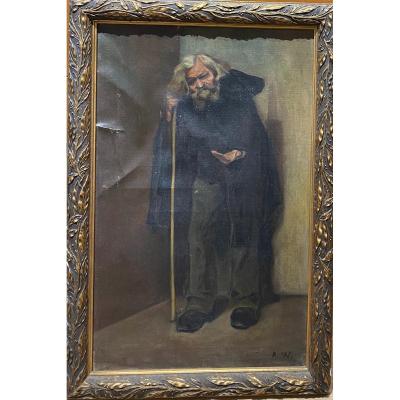



 Le Magazine de PROANTIC
Le Magazine de PROANTIC TRÉSORS Magazine
TRÉSORS Magazine Rivista Artiquariato
Rivista Artiquariato
